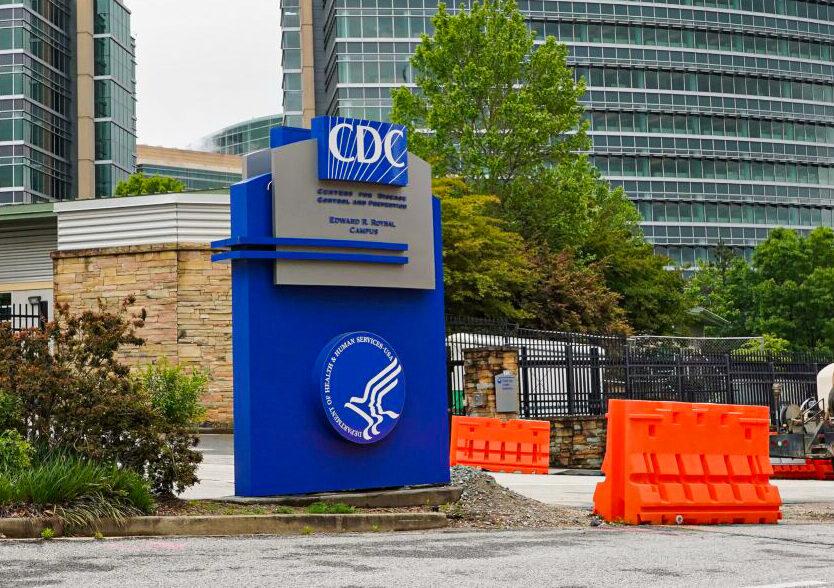The U.S. Centers for Disease Control and Prevention (CDC) announced that it will publish COVID-19 cases and deaths on a weekly basis, marking a major shift in its reporting since the start of the pandemic.
“To allow for additional reporting flexibility, reduce the reporting burden on states and jurisdictions, and maximize surveillance resources, CDC is moving to a weekly reporting cadence,” the federal agency said in a statement last week.





